Remain compliant with the latest regulations and easily modify Mileage log Canada Forms online. Access, fill out, and eSign your forms with DocHub quickly.












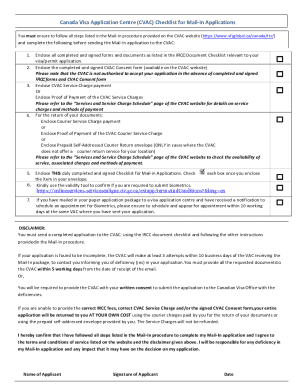
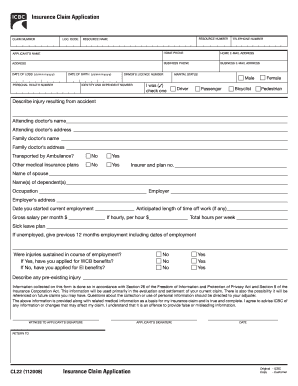
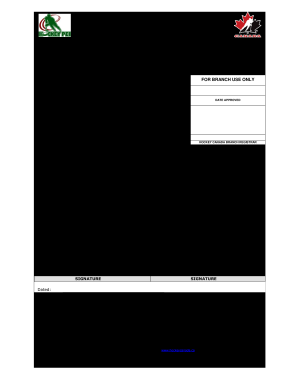
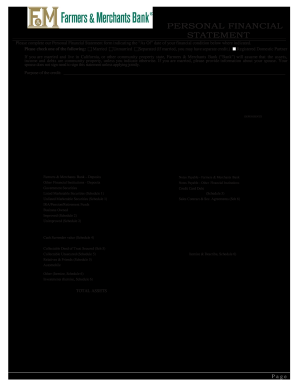
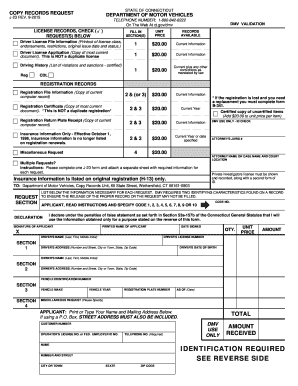



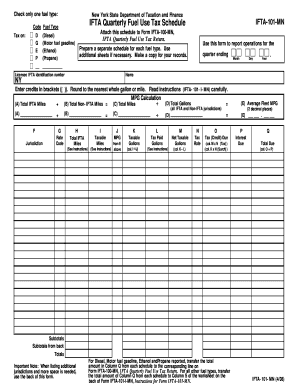
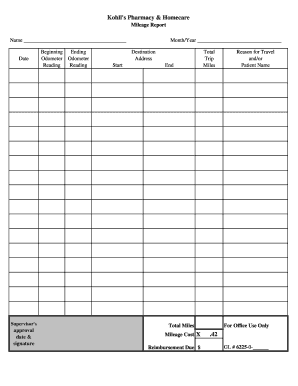




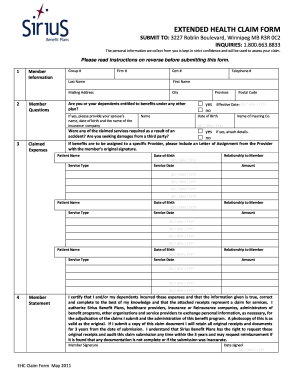

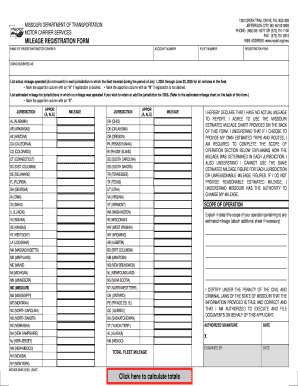


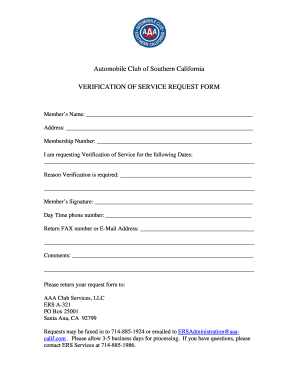
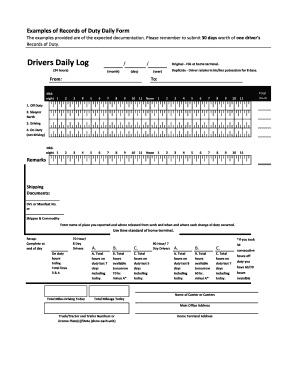
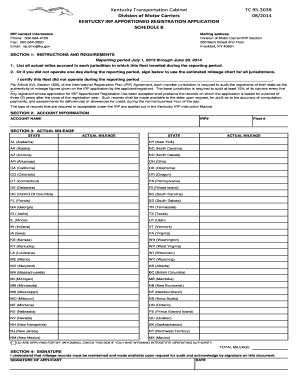
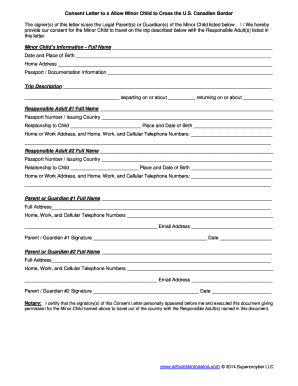
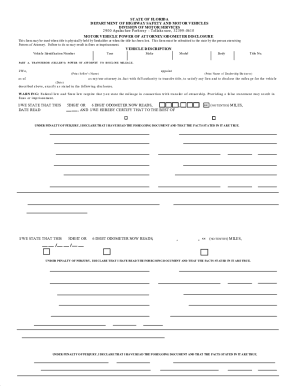

Your workflows always benefit when you can obtain all the forms and files you will need at your fingertips. DocHub delivers a a large collection templates to relieve your everyday pains. Get hold of Mileage log Canada Forms category and quickly browse for your document.
Start working with Mileage log Canada Forms in several clicks:
Enjoy smooth form management with DocHub. Check out our Mileage log Canada Forms category and look for your form right now!